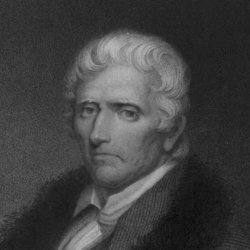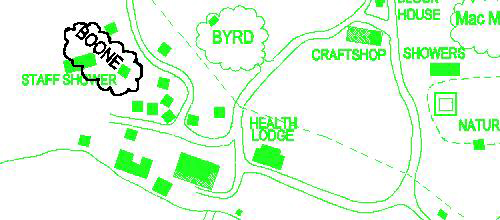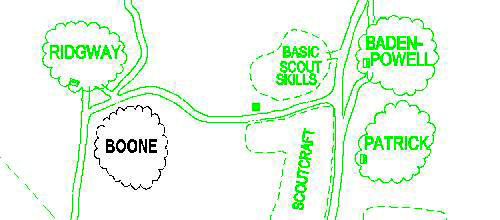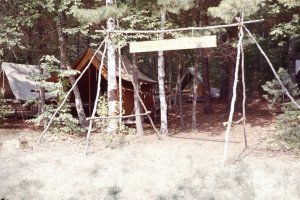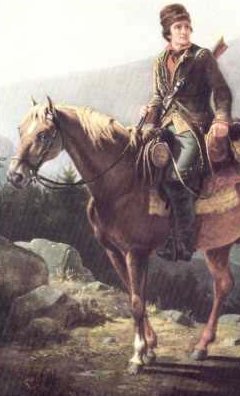 |
About Daniel Boone
Daniel Boone (October 22, 1734 –
September 26, 1820) was an American pioneer and hunter whose frontier exploits
made him one of the first folk heroes of the United States. Boone is most
famous for his exploration and settlement of what is now the U.S. state
of Kentucky, which was then beyond the western borders of the Thirteen
Colonies. Despite resistance from American Indians, for whom Kentucky was
a traditional hunting ground, in 1775 Boone blazed the Wilderness Road
through the Cumberland Gap and into Kentucky. There he founded Boonesborough,
one of the first English-speaking settlements beyond the Appalachian Mountains.
Before the end of the 18th century, more than 200,000 people entered Kentucky
by following the route marked by Boone.
Boone was a militia officer during
the American Revolutionary War (1775–1783), which in Kentucky was fought
primarily between settlers and British-allied American Indians. Boone was
captured by Shawnees in 1778 and adopted into the tribe, but he escaped
and continued to help defend the Kentucky settlements. He was elected to
the first of his three terms in the Virginia General Assembly during the
war, and fought in the Battle of Blue Licks in 1782, one of the last battles
of the American Revolution. Boone worked as a surveyor and merchant after
the war, but he went deep into debt as a Kentucky land speculator. Frustrated
with legal problems resulting from his land claims, in 1799 Boone resettled
in Missouri, where he spent his final years.
Boone remains an iconic, if imperfectly
remembered, figure in American history. He was a legend in his own lifetime,
especially after an account of his adventures was published in 1784, making
him famous in America and Europe. After his death, he was frequently the
subject of tall tales and works of fiction. His adventures—real and legendary—were
influential in creating the archetypal Western hero of American folklore.
In American popular culture, he is remembered as one of the foremost early
frontiersmen, even though the mythology often overshadows the historical
details of his life.
~Wikipedia |

